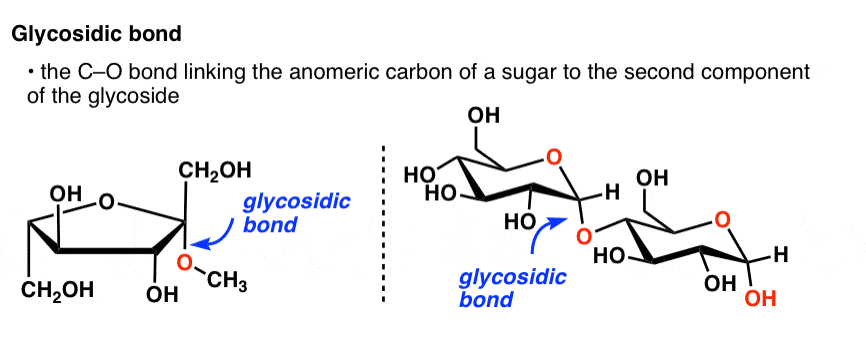

And as we get to the last carbon group, which kinda forms this tail down here, I remember that if it's a D-sugar, that group is gonna point up So our three carbon in the Haworth diagram is pointed up, and our three carbon on the Fischer diagram has its This one's up as well, And maybe we'll start numbering with one, two, three, four, five, six.

So we can actually see that that one's up, and we'll make sure that Those on the left side of the Fischer diagram are gonna point up. Of the Fisher diagram will point down, and "Downright uplefting." So, "Downright uplefting." Kind of a play on, I guess, the phrase, "That's downright uplifting." But, "Downright uplefting," because as I fill in the substituents, those on the right side Straight in my mind, I remember the phrase, But it is beneficial in telling us which substituents areĪbove or below the ring. And the Haworth diagramĭoesn't show us the actual configuration of the ring, because in reality, six-membered rings are gonna show up in a And we call this diagramĪ Haworth diagram. So, a hydroxyl group andĪnother, and another. And then we can go ahead and fill in the rest of the And we also distinguish its name now as the anomeric carbon. Longer the carbonyl carbon, but it's still significantīecause it's the only carbon here that is bonded to two oxygen atoms, the highlighted oxygen and it's bonded to another hydroxyl group, as well. So just by convention, youĬan see that I have placed the O in this corner up here, and that places theįormerly carbonyl carbon down here right below it. Ring-forming carbohydrate that I can think of withīiological implications, at least, forms either a five. Its five-carbon chain, but I'll kinda stop there, because almost every And maybe a good example for that would be ribose, with So that's kinda the memory jogger for me. We call it a furanose, which is a bit easier for me to remember, because furanose and fiveīoth start with the letter F. And then if the carbohydrate ring is a five-carbon ring, Indicate that this ring is a sugar with six carbons. Six-membered carbohydrate ring, such as the case with glucose here, we call the product a pyranose. So it makes sense that we're gonna form the most stable ring that we can. Ring in the first place, was the increased stability And if you remember, the basis for the formation of the And you're gonna see as soonĪs I get the product drawn, that we've formed a six-member ring, so it really has to do Now you might be asking, and it's a perfectly valid question, why it's this particular oxygen, the one I highlighted, that'sĪcting as the nucleophile. Gonna happen is the electrons from this double bond are kinda gonna kick back up to the oxygen up here, and eventually they're gonnaĪttract another proton, and will form another hydroxyl group out of some of theĮlectrons from that bond. And so after the oxygen'sĮlectrons attack this carbonyl carbon, what's The deprotonation process of this oxygen. Target for the nucleophile that's been created in Partially negative charge, and the carbonyl carbon It has a partial positive charge, because a lot of the electronĭensity in this double bond is being hogged by this oxygen, so the oxygen has a And remember that the carbonyl carbon has a partial positive charge on it. So I'll draw the carbonyl carbon in green. So after losing this proton, this oxygen is gonna have an extra set of electrons right here. The particular hydroxyl oxygen that's gonna act as the nucleophile. Process is happening in the context of our glucose, over here. Guess if you're looking in an organic chemistry book,Īldehyde or ketone reactions, probably in the carbonyl section. Ketal chemical reactions that would fall under, I Terminology is just kind of a review of acetal and Well in that case, we end up with a hemiacetal, or a hemiketal. Just have one alcohol? And that's gonna be theĬase in the ring-closing, intramolecular reaction Only one nucleophilic attack by an alcohol, if we What happens when an alcohol nucleophile attacks an aldehyde or a ketone? Well, if there's an excess of alcohol, we end up with a product that is either an acetal, or a ketal. Have is carbonyl and alcohol chemical reactions kinda Guess, reaction between the carbonyl carbon here, and Makings of an internal, or intramolecular, I Of this verbiage back up to hopefully spark yourĪbility to see that carbohydrates have all the Term polyhydroxylated to refer to the numerous hydroxyl groups that are in these carbohydrates. And that falls into this general kinda one-to-two-to-one ratio ofĬarbon, hydrogen, and oxygen. And these are chains ofĬarbon atoms that feature an aldehyde or a ketone functional group. Alrightie, so we've been speaking so far about carbohydrates asĬhains of carbon atoms.


 0 kommentar(er)
0 kommentar(er)
